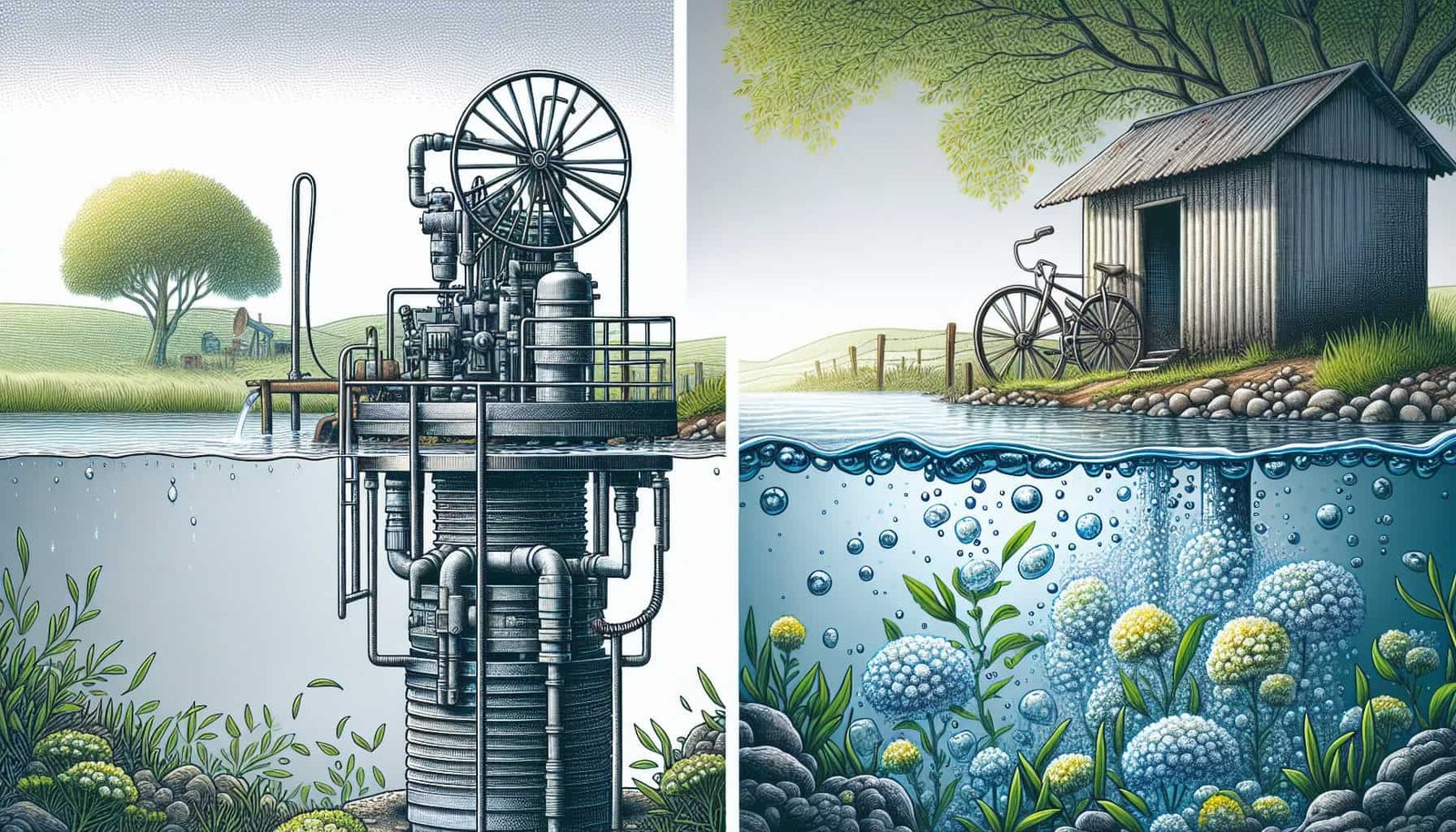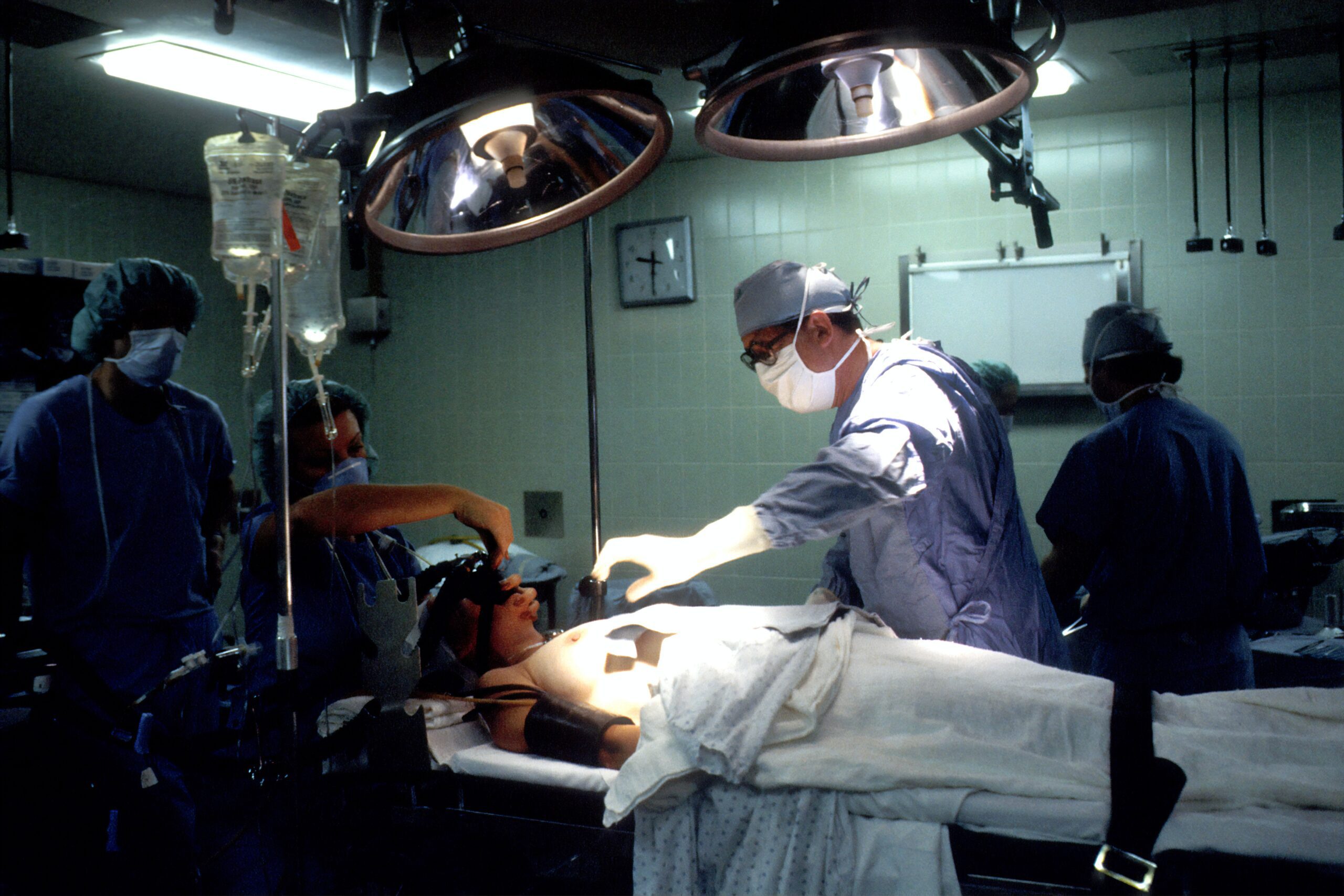Is your well water showing high levels of strontium-90? If so, you may be wondering what treatment options are available to address this concern. This article will explore the various treatment methods that can help reduce strontium-90 levels in well water, providing you with a clearer understanding of the available options and how they can contribute to your overall water quality.
Reverse Osmosis
How Reverse Osmosis Works
Reverse osmosis is a water treatment process that uses a semi-permeable membrane to remove impurities from water. It works by applying pressure to the water, forcing it through the membrane while leaving behind larger particles, such as ions and contaminants. The membrane has tiny pores that only allow water molecules to pass through, effectively removing impurities including strontium-90.
Effectiveness in Removing Strontium-90
Reverse osmosis has been found to be highly effective in removing strontium-90 from well water. The semi-permeable membrane used in the reverse osmosis system has micropores that are small enough to block the passage of strontium-90 ions. As a result, the concentration of strontium-90 in the treated water is significantly reduced, ensuring the water is safe for consumption.
Factors to Consider for Reverse Osmosis Treatment
When considering reverse osmosis treatment for well water with high levels of strontium-90, several factors need to be taken into account. These include the initial strontium-90 concentration in the water, the flow rate, and the overall water quality. It is important to ensure that the reverse osmosis system is properly maintained and the membranes are periodically cleaned or replaced to maintain its effectiveness in removing strontium-90.
Ion Exchange
Principles of Ion Exchange
Ion exchange is a water treatment process that involves the exchange of ions between a solid resin and the water. In the case of strontium-90 removal, a specific ion exchange resin is used. The resin attracts and binds strontium-90 ions, replacing them with less harmful ions, effectively removing strontium-90 from the water.
Removal Efficiency of Strontium-90 with Ion Exchange
Ion exchange has been proven to be highly effective in removing strontium-90 from well water. The specific resin used for strontium-90 removal has a high affinity for strontium ions and effectively traps and removes strontium-90 from the water. However, it is important to note that the resin does have a limited capacity, so regular maintenance, such as regeneration or replacement of the resin, is necessary to ensure continued effectiveness.
Maintenance and Cost Considerations for Ion Exchange
When considering using ion exchange for treating well water with high levels of strontium-90, maintenance and cost considerations need to be taken into account. The ion exchange resin requires periodic regeneration or replacement, which adds to the overall cost of the treatment system. Additionally, the cost of the resin itself should be considered. However, the long-term benefits of removing strontium-90 from the water make ion exchange a viable option for well water treatment.
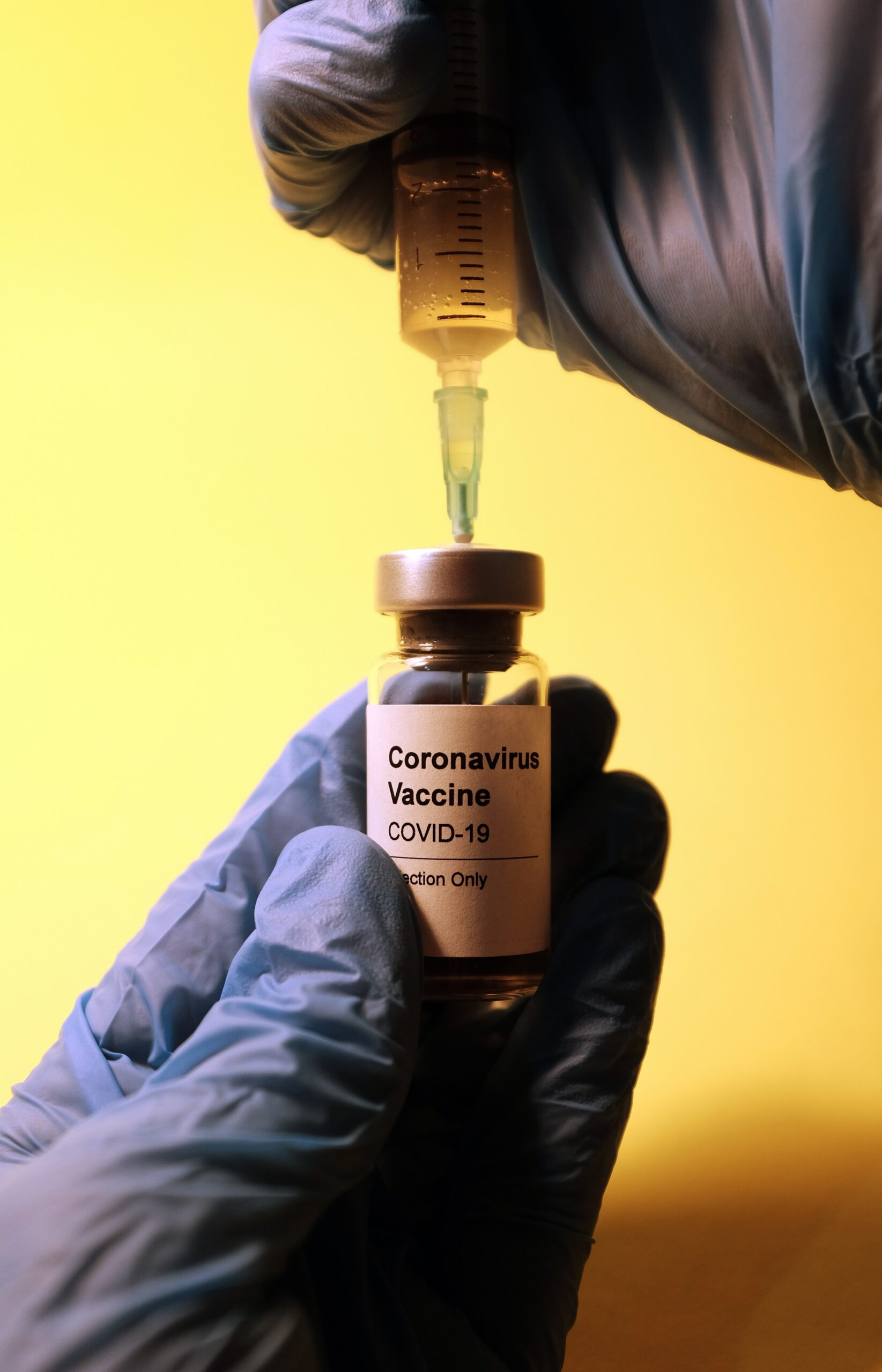
Activated Alumina
How Activated Alumina Works
Activated alumina is a highly porous material made from aluminum oxide. It works by adsorbing contaminants from water, including strontium-90. The activated alumina has a large surface area and a high affinity for strontium ions, effectively reducing the concentration of strontium-90 in the treated water.
Strontium-90 Removal Efficiency
Activated alumina has been found to be effective in removing strontium-90 from well water. The material has a strong affinity for strontium ions and efficiently adsorbs strontium-90 from the water. However, it is important to note that activated alumina does have a finite capacity for strontium-90 adsorption. Therefore, regular regeneration or replacement of the activated alumina is necessary to maintain its effectiveness.
Regeneration and Replacement Intervals for Activated Alumina
To ensure the continued removal of strontium-90, the activated alumina media needs to be periodically regenerated or replaced. The frequency of regeneration or replacement depends on the initial strontium-90 concentration in the water, the flow rate, and the overall water quality. By following the recommended intervals for regeneration or replacement, the activated alumina can continue to effectively remove strontium-90 from well water.
Coagulation-Filtration
Coagulation Process for Strontium-90 Removal
Coagulation is a process used to destabilize particles and contaminants in water, including strontium-90. During the coagulation process, a coagulant, such as aluminum sulfate, is added to the water. The coagulant causes the fine particles and contaminants to clump together, forming larger particles called flocs. As a result, strontium-90 ions can become trapped within the flocs and can be easily removed through subsequent filtration.
Filtration Options for Coagulated Water
After the coagulation process, the coagulated water undergoes filtration to remove the flocs and trapped contaminants. Filtration options for coagulated water vary and can include sand filters, multimedia filters, or membrane filters. These filters effectively remove the larger particles, including the flocs containing strontium-90, ensuring the water is free from contaminants.
Advantages and Limitations of Coagulation-Filtration Treatment
Coagulation-filtration treatment offers several advantages for well water with high levels of strontium-90. It is a widely employed and proven treatment process that effectively removes suspended particles, including strontium-90. However, it is important to note that coagulation-filtration treatment may not remove dissolved forms of strontium-90. Additionally, the coagulation process can result in the increase of other water parameters, such as total dissolved solids, which may require additional treatment steps.
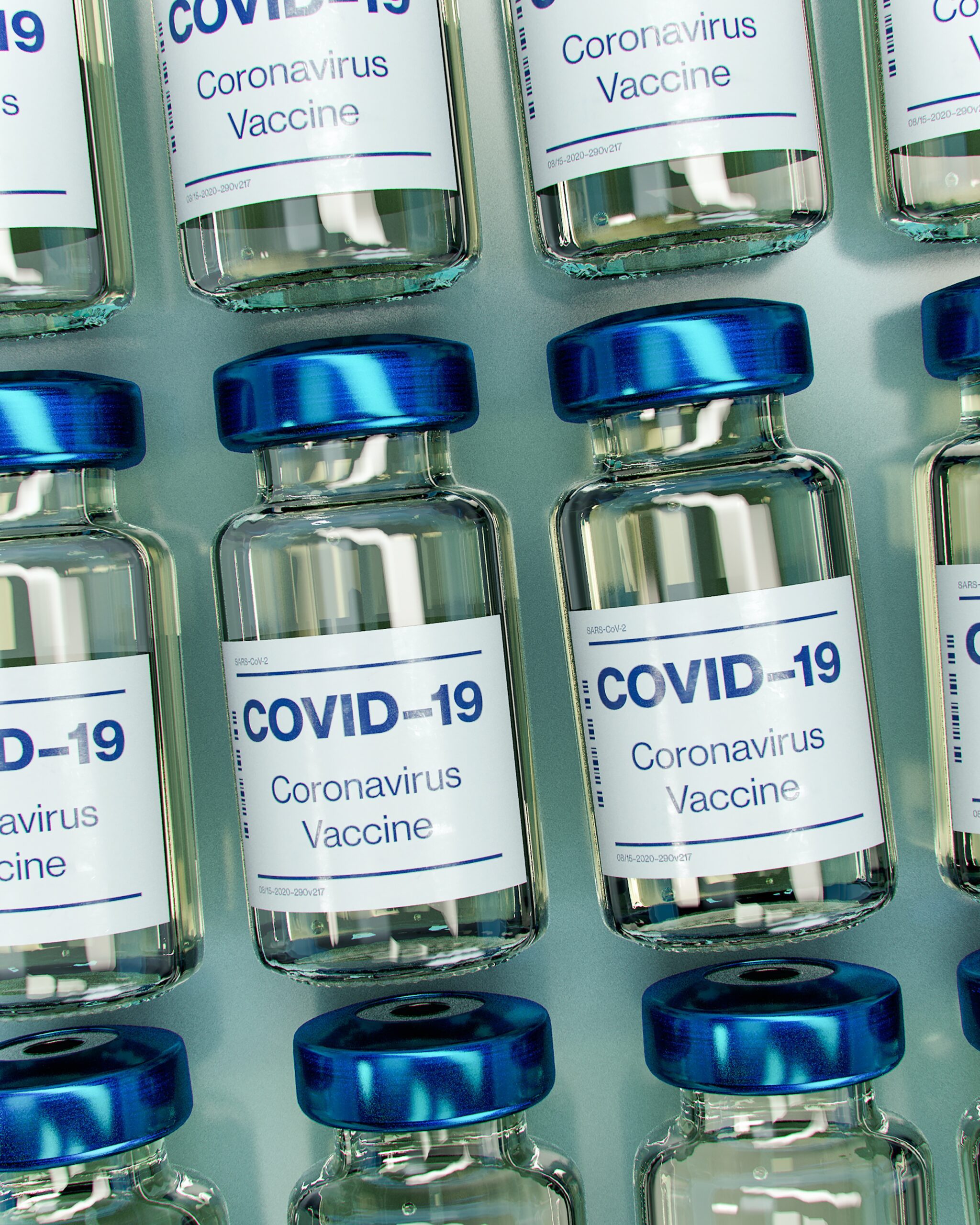
Distillation
Principle of Distillation
Distillation is a water treatment process that involves heating water to create steam, which is then condensed and collected as purified water. The principle of distillation is based on the fact that most contaminants, including strontium-90, have higher boiling points than water. As a result, when the water is heated and evaporated, the impurities are left behind, and the condensed steam is free from contaminants.
Effectiveness in Removing Strontium-90
Distillation has been found to be highly effective in removing strontium-90 from well water. The boiling point of strontium-90 is significantly higher than that of water, ensuring that strontium-90 is left behind during the distillation process. The purified water collected through condensation is free from strontium-90 and other contaminants.
Energy Consumption and Maintenance Requirements for Distillation
Distillation requires significant energy input to raise the temperature of the water and produce steam. Therefore, energy consumption is an important consideration when using distillation for well water treatment. Additionally, regular maintenance of the distillation equipment is necessary to ensure optimal performance and longevity. However, the high removal efficiency of strontium-90 makes distillation a viable option for well water with high levels of contamination.
Electrocoagulation
Electrocoagulation Process
Electrocoagulation is a water treatment process that involves the application of an electric current to water. The electric current causes the formation of coagulant agents, such as metal hydroxides, which facilitate the removal of contaminants, including strontium-90. The coagulant agents attract and bind the contaminants, forming larger particles that can be easily separated from the water.
Strontium-90 Removal Efficiency
Electrocoagulation has been found to be effective in the removal of strontium-90 from well water. The coagulant agents formed during the electrocoagulation process attract and bind strontium-90 ions, effectively removing them from the water. The removal efficiency can be enhanced by adjusting the electrical parameters, such as current density and treatment time.
Considerations for Implementing Electrocoagulation Treatment
When considering implementing electrocoagulation treatment for well water with high levels of strontium-90, several factors need to be taken into account. These include the electrical parameters, such as voltage and current density, the initial strontium-90 concentration, and the water quality. Additionally, periodic maintenance of the electrocoagulation system, including electrode cleaning or replacement, may be necessary to ensure continued effectiveness.
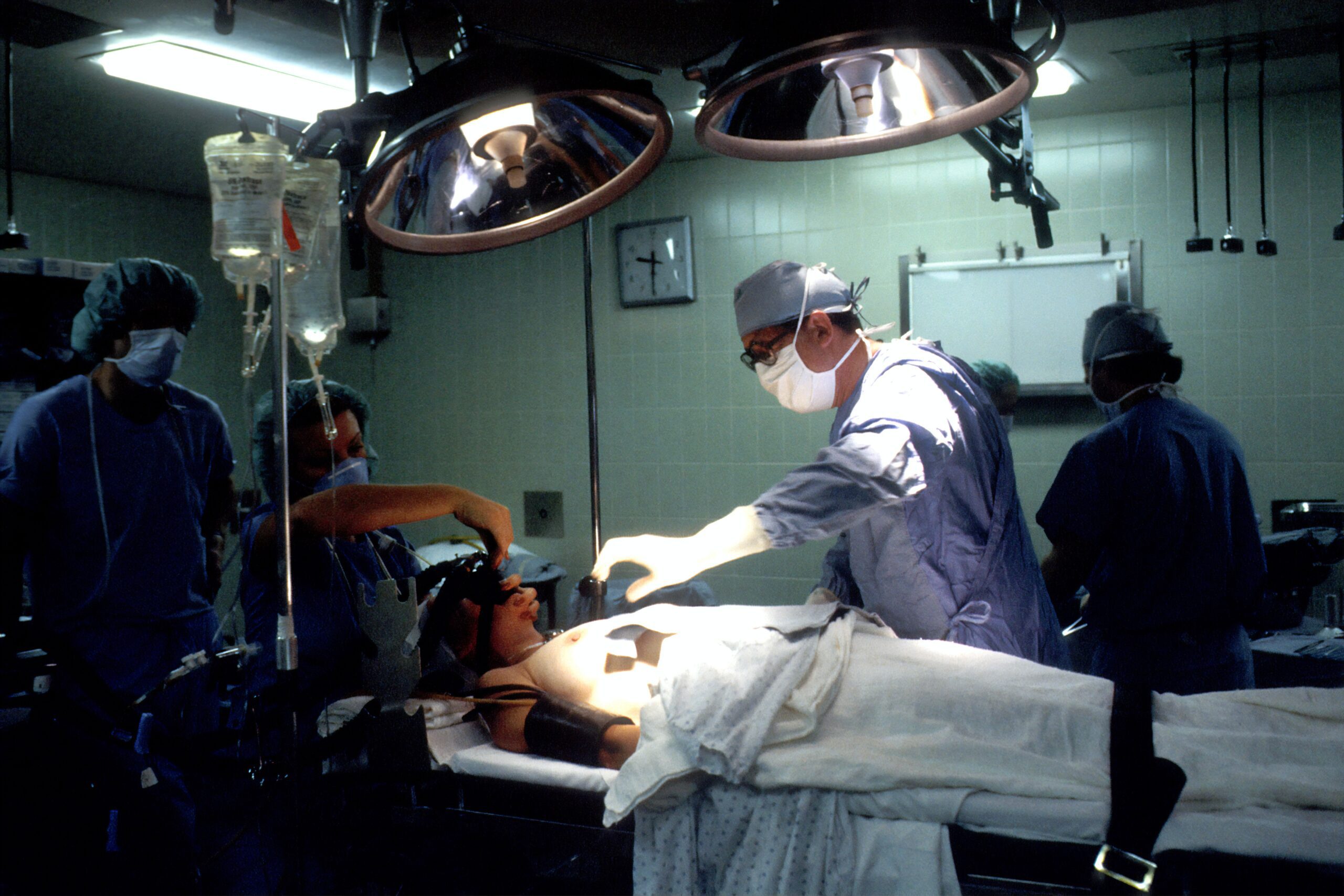
Adsorption with Granular Activated Carbon
Principles of Adsorption
Adsorption is a water treatment process that involves the attachment of contaminants to the surface of an adsorbent material. In the case of strontium-90 removal, granular activated carbon is commonly used as the adsorbent. The activated carbon has a large surface area and a high affinity for strontium ions, effectively removing strontium-90 from the water.
Strontium-90 Removal Efficiency with Granular Activated Carbon
Granular activated carbon has been found to be effective in removing strontium-90 from well water. The porous structure of the activated carbon provides a large surface area for strontium ions to attach. As a result, the concentration of strontium-90 in the water is reduced, ensuring the treated water is safe for consumption. However, it is important to note that the activated carbon has a finite capacity for strontium adsorption and will require periodic replacement or regeneration.
Replacement and Regeneration of Carbon Media
To maintain the effectiveness of the granular activated carbon in removing strontium-90, periodic replacement or regeneration of the carbon media is necessary. The frequency of replacement or regeneration depends on the initial strontium-90 concentration, the flow rate, and the overall water quality. By following the recommended schedule for replacement or regeneration, the granular activated carbon can continue to efficiently remove strontium-90 from well water.
Sequestration Agents
Types of Sequestration Agents
Sequestration agents are compounds that are added to water to form stable complexes with contaminants, effectively reducing their mobility and toxicity. Several types of sequestration agents can be used for treating well water with high levels of strontium-90. These agents can include chelating agents, organic polymers, or specific chemicals that have a high affinity for strontium ions.
Effectiveness in Treating Strontium-90 Contamination
Sequestration agents have shown promise in treating strontium-90 contamination in well water. The addition of sequestration agents forms stable complexes with strontium-90, reducing its mobility and decreasing its adverse effects. However, it is important to note that sequestration agents may have limitations in terms of their long-term stability and the potential for other side effects. Therefore, regular monitoring and evaluation of water quality are necessary when using sequestration agents.
Limitations and Potential Side Effects
While sequestration agents can be effective in treating strontium-90 contamination, there are limitations and potential side effects that need to be considered. Some sequestration agents may have limited stability and may require regular reapplication. Additionally, the formation of stable complexes with strontium-90 may result in the release of other toxic contaminants into the water. Therefore, careful selection and monitoring of sequestration agents are necessary to ensure the overall water quality is maintained.
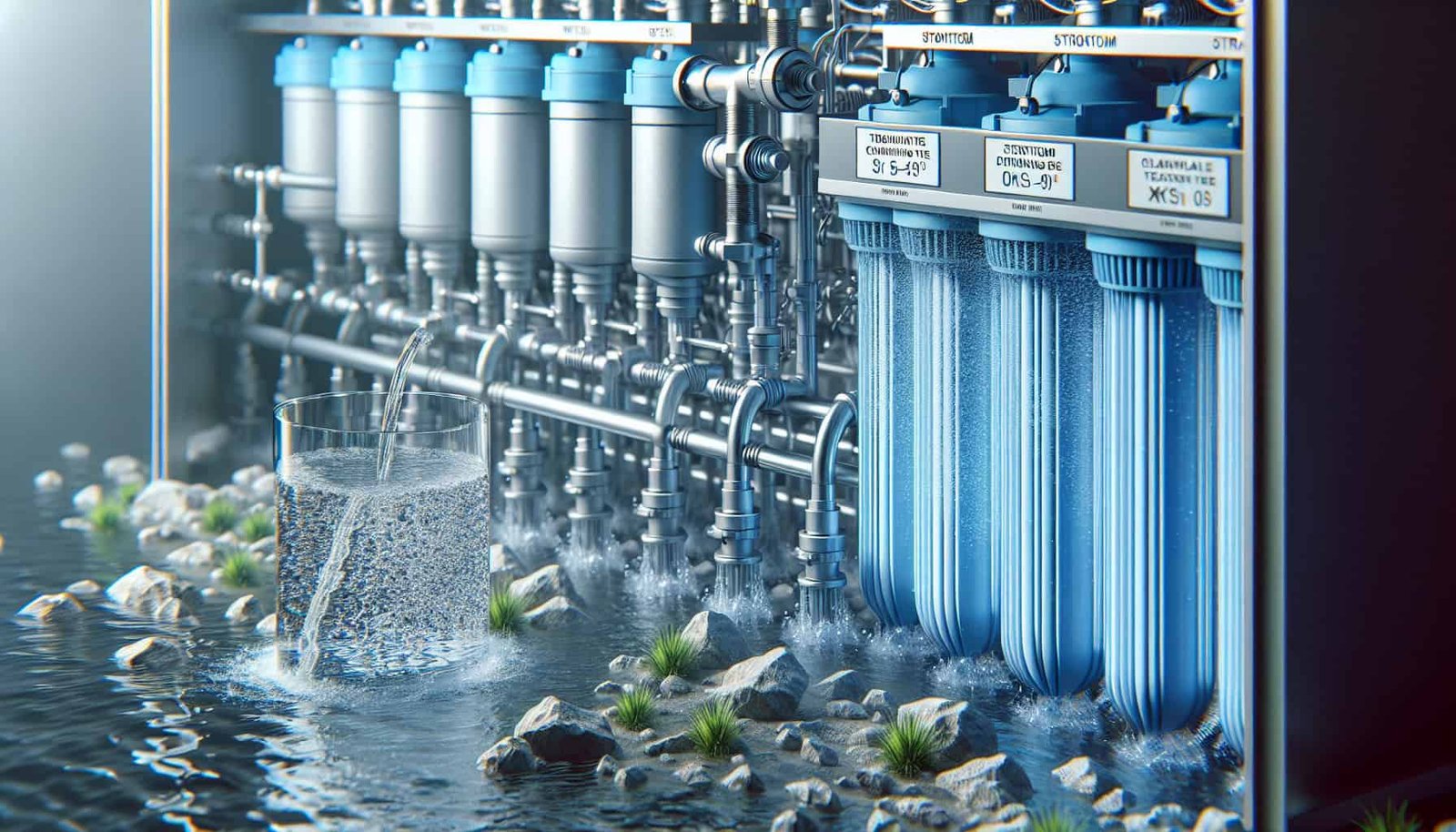
Combination Treatment Methods
Integration of Multiple Treatment Processes
Combination treatment methods involve the integration of multiple treatment processes to achieve enhanced removal efficiency for strontium-90. For instance, a combination of coagulation-filtration and activated carbon adsorption can be utilized. The coagulation-filtration process removes larger particles and flocs containing strontium-90, while the activated carbon adsorption further reduces the concentration of strontium-90 in the treated water.
Synergistic Effects and Improved Removal Efficiency
The combination of treatment methods can result in synergistic effects, improving the overall removal efficiency of strontium-90. The complimentary nature of different treatment processes enables the removal of strontium-90 from different forms, whether it be dissolved, suspended, or adsorbed. By utilizing multiple treatment methods, the concentration of strontium-90 in well water can be significantly reduced.
Design Considerations for Combination Systems
When designing combination treatment systems, several considerations need to be taken into account. These include the compatibility of different treatment processes, the required space for installation, and the overall capital and operational costs. It is important to have a thorough understanding of the well water characteristics and the desired strontium-90 removal goals to ensure the optimal design and operation of the combination treatment system.
Monitoring and Maintenance
Regular Water Testing
Regular monitoring of well water is essential to ensure the efficacy of the chosen treatment method for strontium-90 removal. Water testing should be conducted periodically to assess the strontium-90 concentration and overall water quality. The frequency of testing may depend on the initial strontium-90 concentration and any regulatory requirements or guidelines.
Maintenance and Replacement of Treatment Systems
Maintenance of treatment systems is crucial to ensure their continued effectiveness in removing strontium-90. This can include routine inspections, cleaning of filters or membranes, and calibration of equipment. Additionally, some treatment methods, such as activated alumina or activated carbon adsorption, may require periodic replacement to maintain their optimal performance.
Recommended Schedule for Monitoring and Maintenance
To ensure the long-term efficiency of the treatment systems, a recommended schedule for monitoring and maintenance should be followed. This schedule should include regular water testing, inspection of treatment equipment, and replacement or regeneration of media as necessary. By adhering to the recommended schedule, the strontium-90 concentration in well water can be effectively controlled, ensuring safe and clean drinking water.
In conclusion, there are several treatment options available for well water with high levels of strontium-90. Each treatment method, such as reverse osmosis, ion exchange, activated alumina, coagulation-filtration, distillation, electrocoagulation, adsorption with granular activated carbon, sequestration agents, or combination treatment methods, has its own advantages, limitations, and considerations. By understanding the principles, removal efficiency, and maintenance requirements of each treatment option, you can make an informed decision on which method or combination of methods is best suited for treating your well water and reducing the levels of strontium-90 contamination, ensuring clean and safe drinking water for you and your family.
